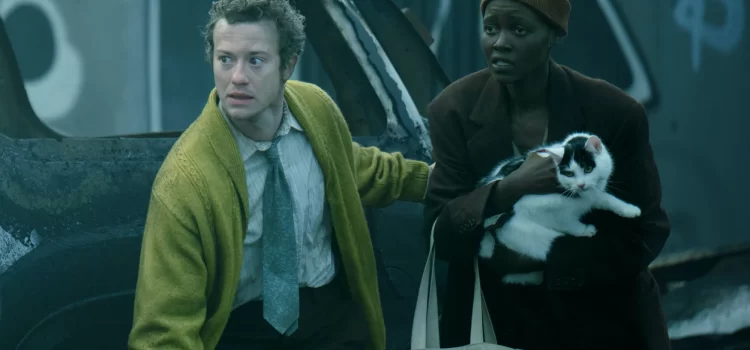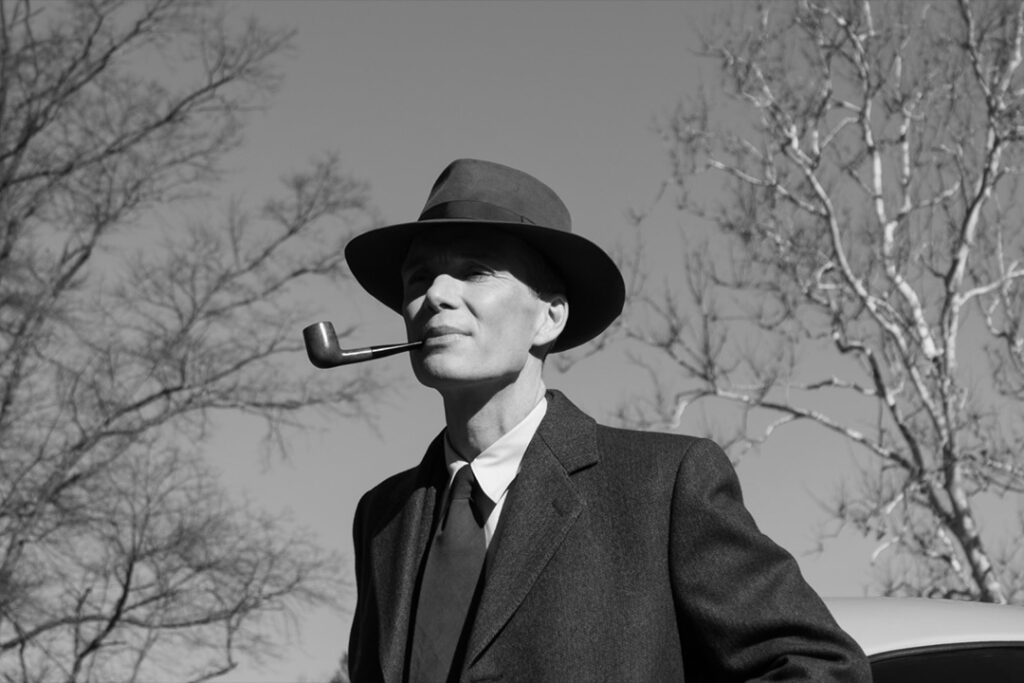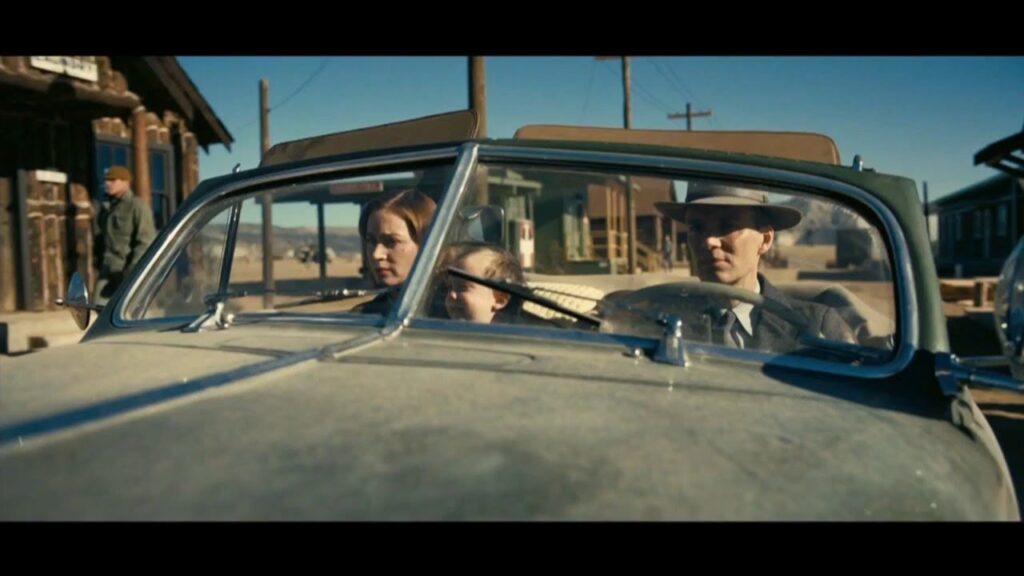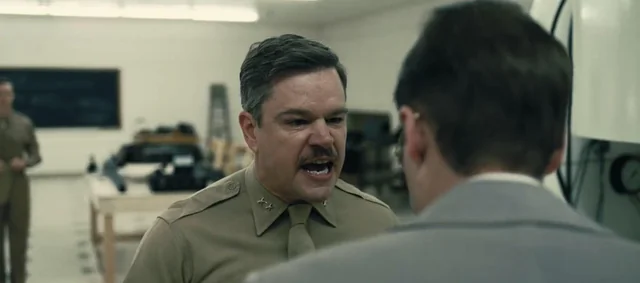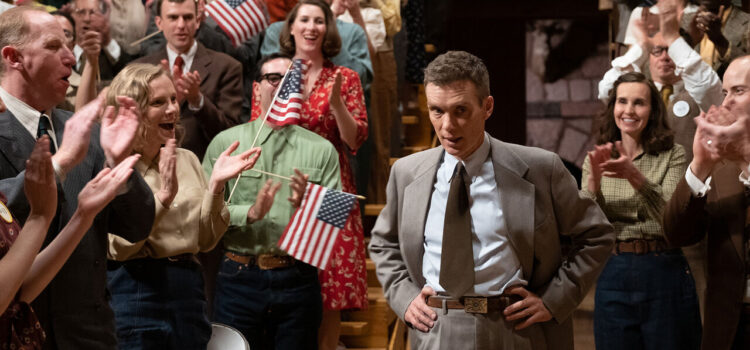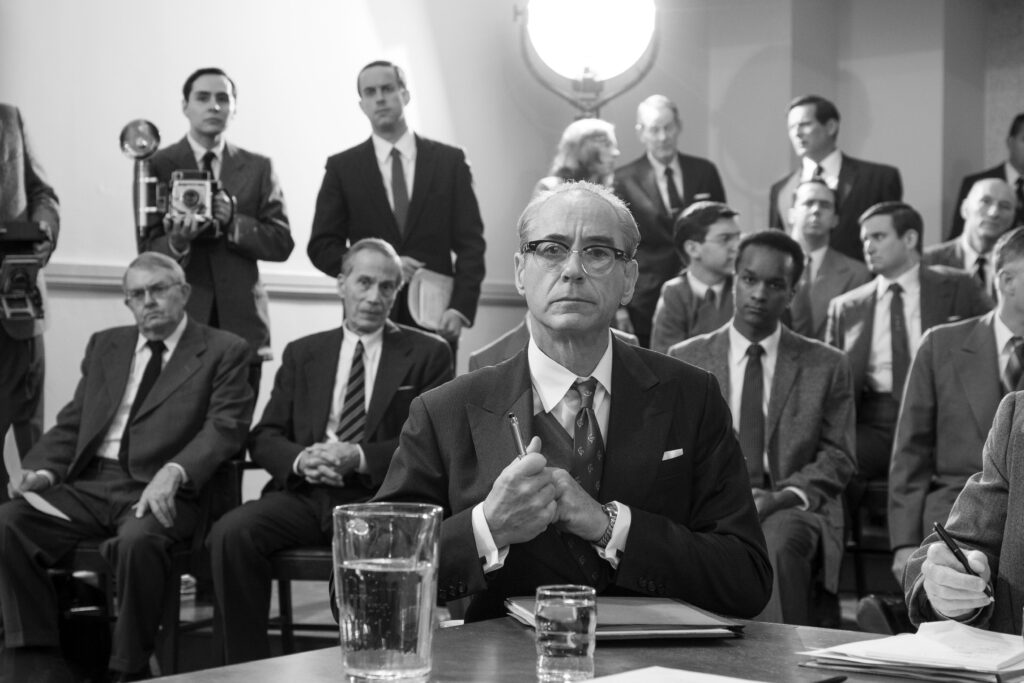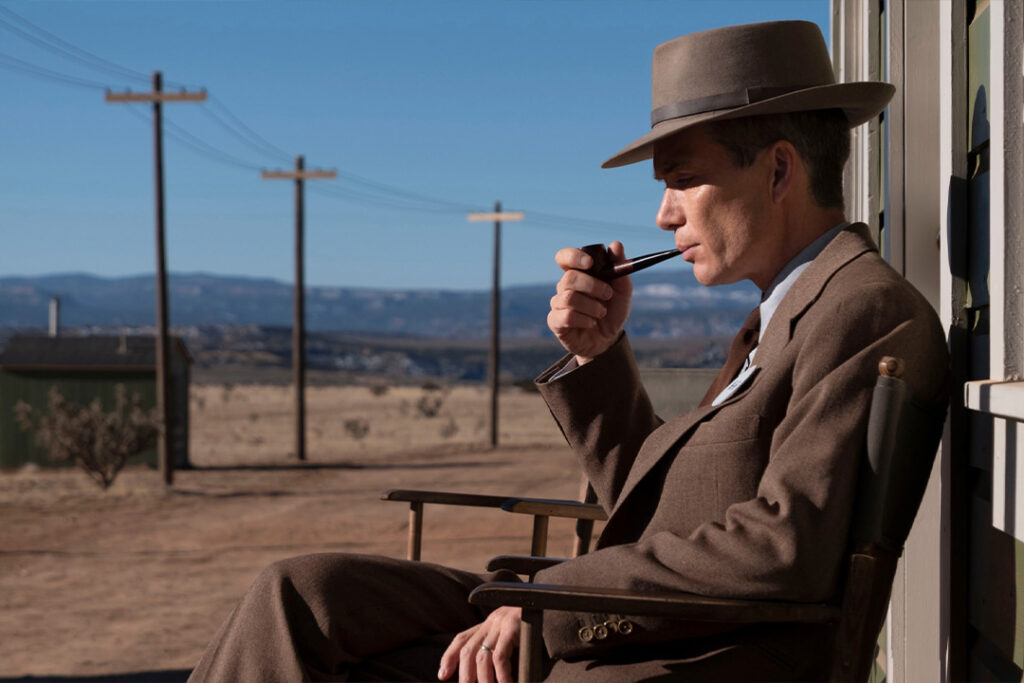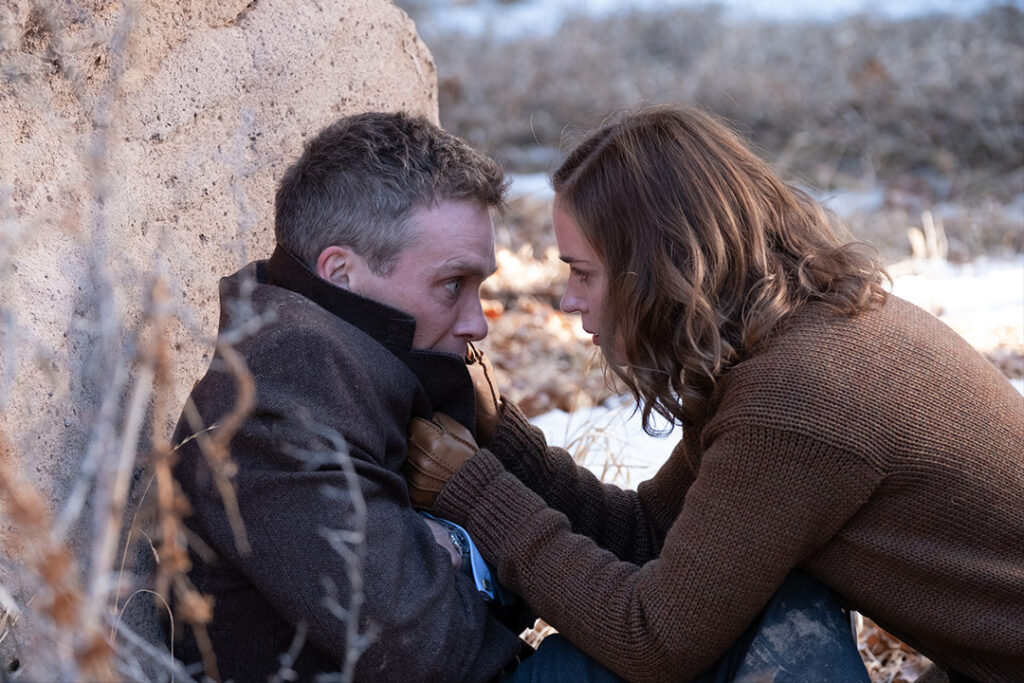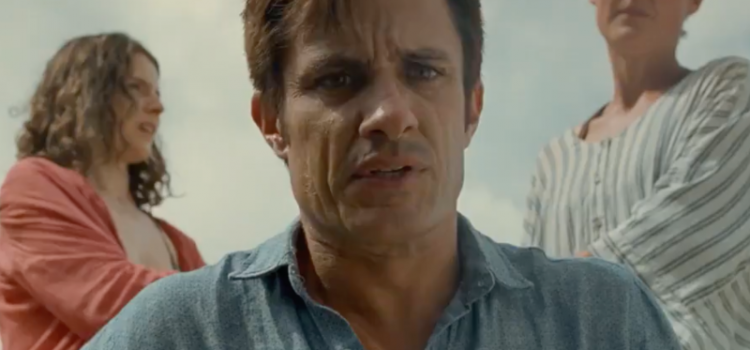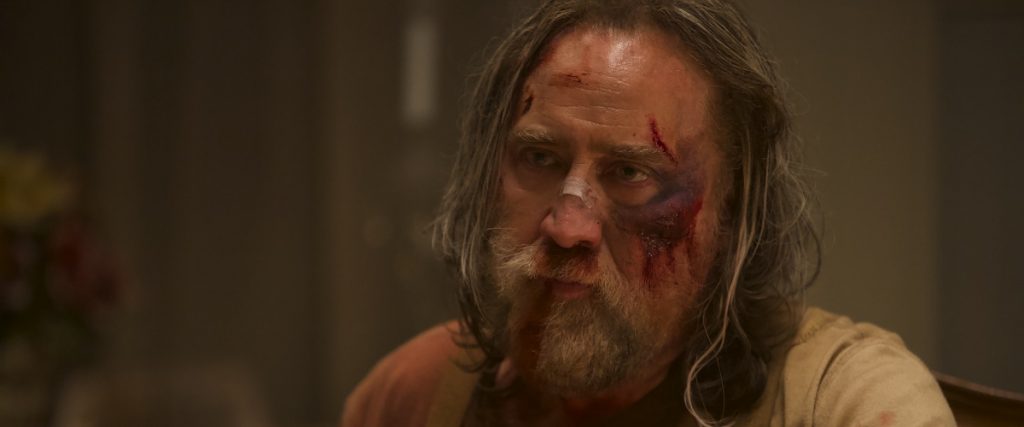By Lynn Venhaus
Still terrifying and unnerving, the third chapter of this durable horror science fiction franchise presents a smart origin story, “A Quiet Place: Day One.”
That’s no small feat, given the popularity of the first two films that were co-written, directed and starred John Krasinski. He contributed to the story here, is a producer, and will be back with a Part 3 to continue the Abbott family saga.
“A Quiet Place” in 2018 set up a chilling post-apocalyptic world, where the Abbotts are trying to survive – dad Lee (Krasinski), mom Evelyn (Emily Blunt) and children, deaf daughter Regan (Millicent Simmonds), son Marcus (Noah Jupe) and toddler Beau. They live in a small, tight-knit community in Millbrook, New York, in the Hudson Valley, and action commences about 89 days after the June 18, 2020, attack.
The sequel in 2021 saw the remaining Abbotts expand their horizons beyond their farm. That’s when family friend Emmett (Cillian Murphy) and Henri (Djimon Hounsou), known as “Man on the Island,” are introduced, and it’s been about 474 days since the monsters wreaked havoc on Earth. Henri shows up in the prequel, adding a nifty thread.
They have discovered the creatures can’t swim, so escaping to water is a safe bet, and for the Abbotts, they find out another weakness, and use high-frequency audio feedback from Regan’s cochlear implant as a weapon.
“A Quiet Place: Part 2” gave us a glimpse of the aliens’ arrival, but this prequel takes place in the first four days of the chaos and moves the action to hustling and bustling noisy New York City.

A prickly cancer patient, Samira (Lupita Nyong’o) is on a group trip to New York City with fellow hospice residents and their nurse Reuben (Alex Wolff) when an alien invasion sends the world into silence.
That’s because the blind ‘Death Angel’ marauders have super-sensitive hearing and will brutally swoop in for the kill when hunting by sound. Sam gets separated, and on a quest for her childhood favorite pizza — she’s determined to get to Patsy’s in East Harlem, she encounters law student Eric (Joseph Quinn), and they help each other fight for survival.
There’s added dread, reminiscent of the shock of 9-11, as the panic-stricken populace struggles to escape grisly deaths. And to see the subways paralyzed, skyscrapers danger zones as those swift aliens crawl lightning-fast over every surface, and an anxious, shell-shocked humanity is unsettling.
Every car alarm, luggage wheel traveling over city streets, stepping delicately on crunchy debris, and general urban cacophony is magnified, and when people forget that silence is golden, calling out to loved ones or having an emotional meltdown, they’re goners.
Now one would think using this clever device of sound being death’s calling card would grow tiresome, but it doesn’t. I was still on the edge of my seat with every snap, crackle and pop after the three films, and eager for Part 3.
The best thing about this franchise is the thrilling communal movie-going experience it provides. I have fond memories of being in a very still crowd watching the first six years ago, where every soda slurp and popcorn munch was magnified, and the cathartic release that came when Evelyn had the baby, by herself, in the bathtub. The tension was practically unbearable– and Blunt vanquished those evil marauders in fine fierce form.
The sequel was the first movie I saw in a theater post-pandemic shut down, in May 2021, and it was such a celebratory event that even the jump scares were welcome.
Cut to a warm June night last week where I joined fellow fans collectively holding our breaths as the engaging new characters tried to outsmart the creatures. The jump scare is a doozy, and the crowd loved it. Sharing suspense is such a pleasurable big-screen experience!

Those critters are ugly! The CGI is remarkably seamless and the sound design, always the movie’s strongest suit, is at another state-of-the-art level.
While the first film was stingy in its reveal of the grotesque beasts, and the second time, lengthier in full view, this time we get various looks – a particularly terrifying one is when they scatter, like spiders, over all the tall buildings. Wisely, director Michael Sarnoski refrained from too much gore.
But the personal emotional connection of the characters has always been key to this franchise’s commercial success. Original co-screenwriters Scott Beck and Bryan Woods had helped create memorable characters that we cared about and Sarnoski does the same here.
Stand-offish Sam might be initially an unlikable lead character, but as you learn her backstory, sympathy builds, especially with her service cat Frodo. Lost soul Eric, a guy from England unfamiliar with America, is a stranger in a strange land angle that works, particularly his compassion.
How they cling to each other to make it through each hour keeps focus on the ferocious fight to stay alive, whether Sam is scribbling in a journal, or Eric makes a treacherous trek to get her thermal fentanyl patches for her Stage 4 cancer pain.
Lupita Nyong’o, Oscar winner for “12 Years a Slave,” has found a good niche in horror films, as her memorable turn in Jordan Peele’s “Us,” indicated. Like the best silent film actresses, she conveys so much with a glance.
Equally expressive is Joseph Quinn, mostly known as Eddie in “Stranger Things,” who will be in the upcoming “Gladiator 2.” He is convincing as an earnest guy dazed by the predicament but one who finds practical solutions to situations they find themselves in as they roam the city. He’s resourceful, and that comes in handy.
Their unlikely, but touching, bond is the reason this series remains compelling, but also handing this project off to Sarnoski was a bold and wise move. With fresh characters and a new location, he maintains the tension.
Sarnoski scored big with a small drama he directed and wrote, “Pig,” in 2021. He resuscitated Nicolas Cage’s reputation, giving him one of his best roles as a grieving former gourmet chef (St. Louis Film Critics Association’s Best Actor). It’s now streaming on Hulu, worth seeing. And Alex Wolff, a prominent brash character in “Pig,” is the kind hospice nurse Reuben in “Day One.” Wolff, who has made his mark in horror movies, including “Hereditary,” “Old,” and “My Friend Dahmer,” is a calming presence here.
Sarnoski’s different approach, while honoring the origin’s intentions, keeps its zing. The lurking destroyers remain very creepy, and the goal of a safe haven means all hope is not lost.
Each movie has offered its own well-crafted tone and tempo, and this runtime is 100 minutes, compared to the original’s 90 minutes, and Part 2’s 97 minutes.
“A Quiet Place: Day One” takes us on a familiar course in frightening fashion, touching on tender moments that make life worth living while dealing with a dystopian future no one saw coming. Challenge met.
“A Quiet Place: Day One” is a 2024 horror sci-fi drama directed by Michael Sarnoski and starring Lupita Nyong’o, Joseph Quinn, Alex Wolff and Djimon Hounsou. It is rated PG-13 for terror and violent content/bloody images and the run time is 1 hour, 40 minutes. It opened in theatres June 28. Lynn’s Grade: B+.
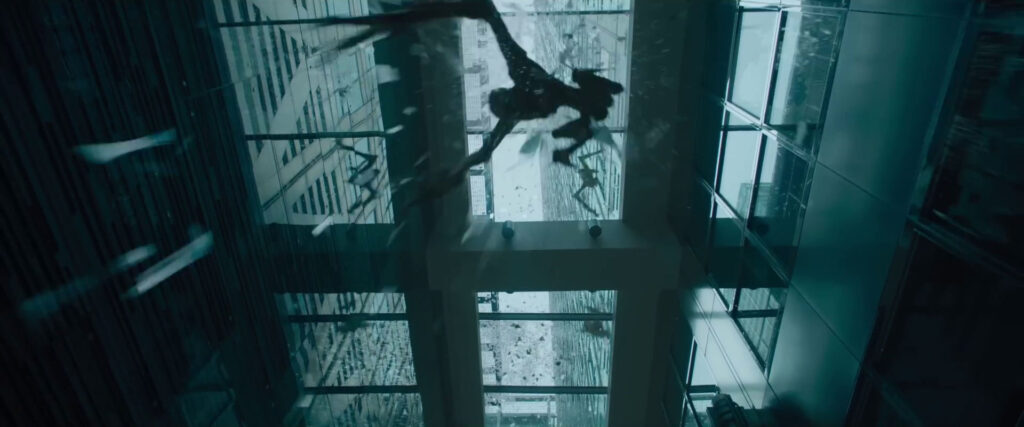

Lynn (Zipfel) Venhaus has had a continuous byline in St. Louis metro region publications since 1978. She writes features and news for Belleville News-Democrat and contributes to St. Louis magazine and other publications.
She is a Rotten Tomatoes-approved film critic, currently reviews films for Webster-Kirkwood Times and KTRS Radio, covers entertainment for PopLifeSTL.com and co-hosts podcast PopLifeSTL.com…Presents.
She is a member of Critics Choice Association, where she serves on the women’s and marketing committees; Alliance of Women Film Journalists; and on the board of the St. Louis Film Critics Association. She is a founding and board member of the St. Louis Theater Circle.
She is retired from teaching journalism/media as an adjunct college instructor.

